
Running might seem simple—just one foot in front of the other—but your running foot strike is critical in how efficiently and safely you move. Whether aiming to run faster, go farther, or prevent common injuries, improving your foot strike is a key step toward better performance. In this article, we’ll break down what proper running form means, explain the different types of foot strikes (heel strike, midfoot strike, forefoot strike), and show you how to adjust your technique. With the right tips and awareness, you can transform your stride and take your running to the next level.
What is the Optimal Foot Strike Technique for Running?
How your foot lands with each stride is known as your foot strike. For runners, varying foot strike patterns can influence speed, energy efficiency, and injury risk. While runners may aim to optimize their foot strike for peak performance, the most effective one is often the one you naturally use.
Typically, altering your running foot strike is only necessary to avoid repeated injuries. To optimize your foot strike, concentrate on refining your existing running technique and incorporate Running Flexible Performance insoles for superior performance.
This overview of the ideal running foot strike includes:
- The three distinct foot strike patterns
- How to discover your foot strike
- Modifying your foot strike approach
- The most effective foot strike for all runners
- Typical injuries linked to each strike type
- How to enhance your foot strike technique
What Are the Various Foot Strike Patterns?
Your foot strike is nearly as distinctive as you are. Factors like your weight, height, bone structure, and past injuries shape your foot strike pattern. Below are the three-foot strike types and their impact on your running:
Forefoot Strike
Striking with the front of your feet is termed forefoot running. It feels nimble, elastic, and fast, suited for sprinters. You’ll likely tilt your body forward during your run, with the majority of your weight on the balls of your feet and toes.
Regrettably, forefoot running puts extra stress on your calves and Achilles tendons, potentially leading to tightness or cramping. Though ideal for short sprints or tackling steep hills, this foot strike may lead to injuries for long-distance runners.
Midfoot Strike
Midfoot strike running occurs when the outer edge of your foot’s middle contacts the ground first, then flattens, grounding both your forefoot and heel. This evenly spreads the impact of landing, with your weight balanced over your hips, knees, and ankles.
Ideal for long-distance running, midfoot strike supports a quicker, steadier pace and increased cadence compared to forefoot running.
Heel Strike (Rearfoot)
Heel strike, also known as rearfoot strike, occurs when your heel lands first, taking the full impact before shifting your body weight across the rest of your foot. This is the most prevalent foot strike, with over 90% of runners using it. During heel strike running, your stride may extend past your body’s front, a pattern called overstriding.
The issue with heel striking, and why runners seek to adjust it, lies in its high impact during initial ground contact, which can strain knees and shins. The biomechanical advantage of heel strike running is its efficiency, explained later on.
Whether you’re a heel striker, forefoot runner, or a mix of both, PCSsole running insoles are crafted to ease foot pressure and enhance comfort for any foot strike style.

How to Identify Your Running Foot Strike with PCSsole
Identifying your foot strike goes beyond simply sensing it. Many runners struggle to pinpoint their foot strike accurately without specialized tools or methods. Dedicated running labs may provide shoe-mounted sensors or foot strike analysis videos to assess your foot strike pattern.
If you lack access to a running lab and seek a simple at-home method to determine your foot strike, removable running shoe insoles can assist. Here’s how to use PCSsole Performance Comfort insoles or your existing removable insole to identify your foot strike:
- First, you need to run with your removable insole for a period before using it to determine your foot strike.
- Take out the insole and examine where your foot’s imprint is most pronounced or worn. You should feel the areas where the imprint is compressed.
- The most worn or compressed areas of the insole indicate your foot strike. These spots experience the highest loading force from your foot.
- Examine both the right and left insole, as your feet may not share the same strike pattern, particularly if you’ve had a previous foot injury.
If the wear pattern shows the deepest impression at the back of your foot, you’re a heel striker. Insoles with the most wear at the front indicate a forefoot strike runner. For trail runners or competitive athletes, the wear pattern may be less distinct, as you adjust your foot strike to adapt to terrain, speed, or activity.
Transforming Your Running Foot Strike
Research indicates that switching your running foot strike from heel to midfoot or forefoot offers minimal advantages. It doesn't notably enhance efficiency, lower injury risk, or reduce impact forces.
To adjust your foot strike, start by switching to running shoes that match your foot strike style. Additionally, incorporating a performance insole like Running Flexible Performance can help prevent injuries and enhance running efficiency.
Consider altering your foot strike if recurring injuries or intense foot pain persist. Focus on correcting typical running form errors and making gradual changes. For heel strikers, minimize overstriding and boost cadence to shift to midfoot or forefoot striking.
Which Foot Strike Is Best for Efficient Running?
The effectiveness of your foot strike can be evaluated by how much energy it consumes and how fast it allows you to run. Among the various striking styles, heel striking tends to be the most energy-saving, particularly during moderate-paced running. It requires less oxygen intake and minimizes overall exertion, making it the most biomechanically efficient choice for everyday runners, though not ideal for sprinting at top speeds.
Even if you land on your midfoot or forefoot, you can still maintain an efficient running stride. The way your foot naturally strikes the ground is often what suits your body best. Depending on the terrain or surface you're running on, your body may instinctively adjust your foot strike to optimize performance and energy use.

Foot Strikes & Common Injuries
Intense physical activity can lead to overuse injuries when specific body parts endure excessive strain. Heel strikers face the highest impact forces in their heels and knees, often resulting in heel discomfort from plantar fasciitis or knee soreness. Conversely, midfoot and forefoot runners channel impact stress into their ankles, which may trigger ankle pain.
In 2017, a study in the Journal of Sport and Health Science revealed that modifying your running strike may heighten the risk of injuries. Shifting your foot strike pattern redirects impact forces to a different joint unaccustomed to such stress. Thus, a heel striker abruptly transitioning to forefoot running could become more prone to ankle injuries.
By enhancing the strength of various muscles and joints and using high-quality running insoles, you can prevent injuries and smoothly adapt to a new foot strike pattern. PCSsole running insoles offer plush cushioning and enhanced support, helping to absorb impact, reduce injury risk, and elevate your running performance.
Perfecting Your Running Foot Strike
Gradually refining your existing foot strike pattern is an effective approach to boost efficiency and prevent injuries. An optimal running foot strike minimizes braking forces in the legs and feet by landing as near as possible to directly beneath the hips.
Instead of adopting a midfoot strike, consider these suggestions:
Heel strikers: Boost your running cadence and position your landing foot nearer to your body to avoid overstriding and soften the impact of your heel strike.
Forefoot strikers: When landing, aim to distribute impact lower on the balls of your feet and avoid running too high on your toes, except during sprints.
PCSsole: Elevate Performance with Every Foot Strike
Your running style and body mechanics are distinct, setting your foot strike apart from others. CURREX running insoles are designed to sync with your movements and footwear, enhancing your stride and boosting performance with comfort. Run with assurance using Running Flexible Performance.
References:
Subic, J. (2021, August 6). Foot Strike: The Ultimate Guide. RunRepeat.


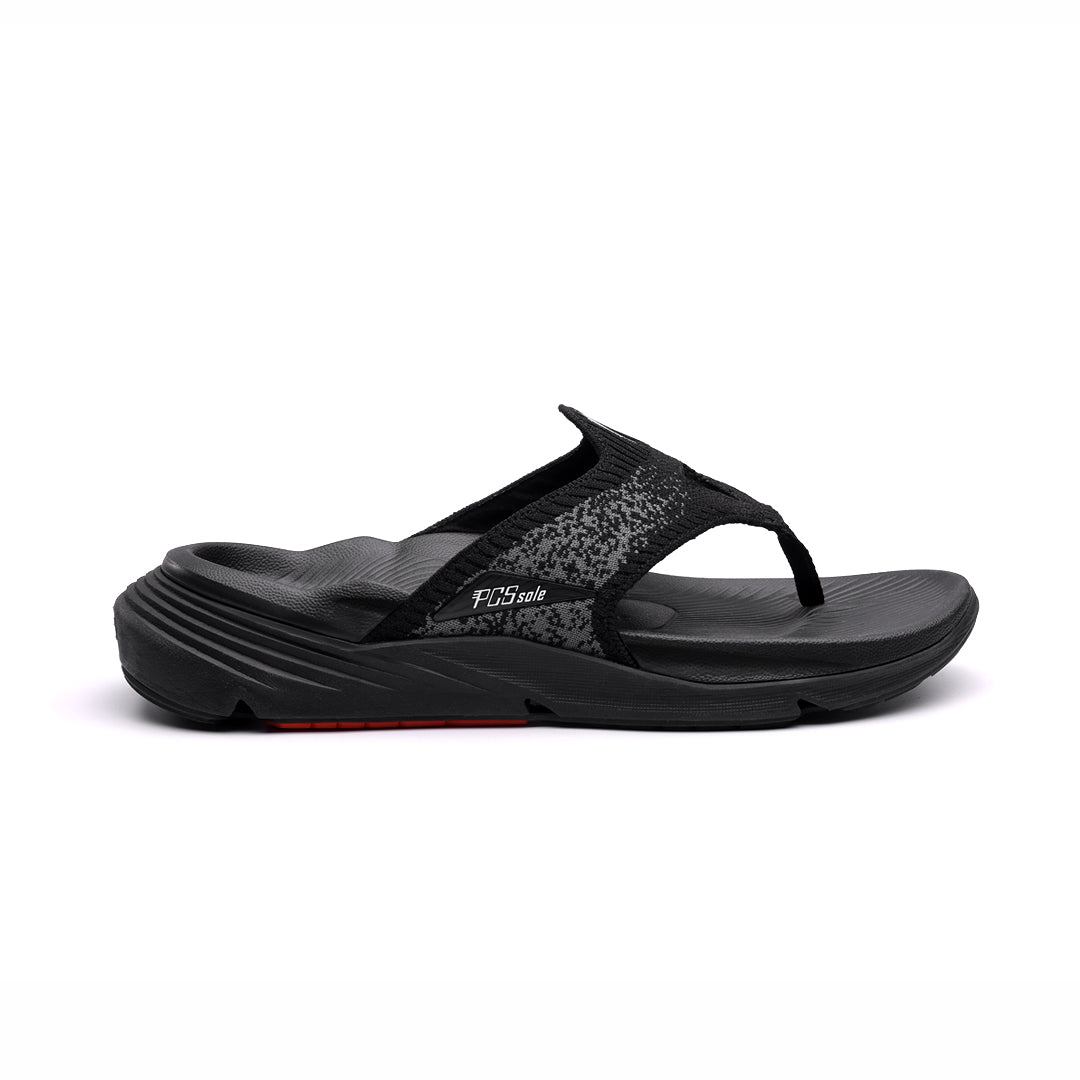
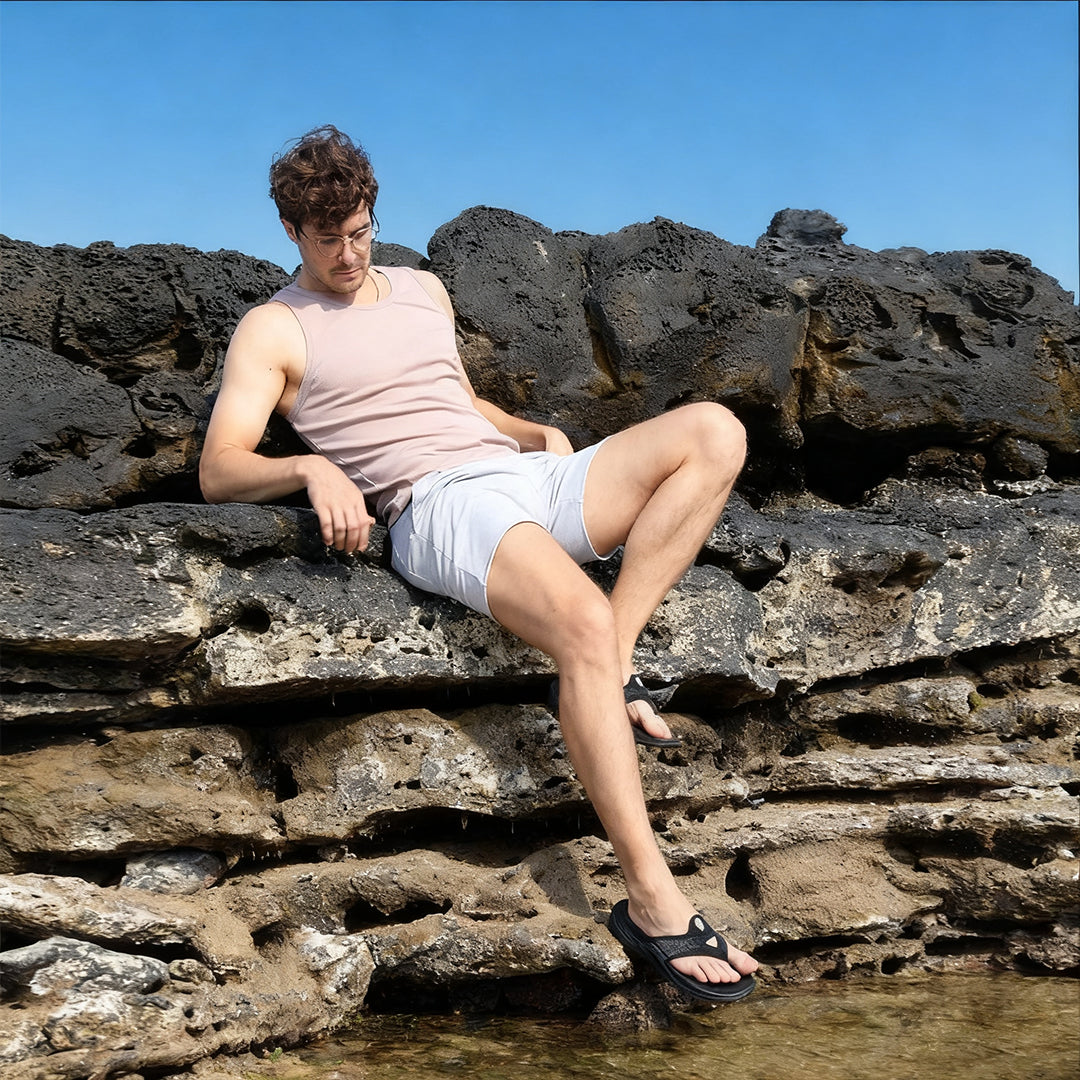

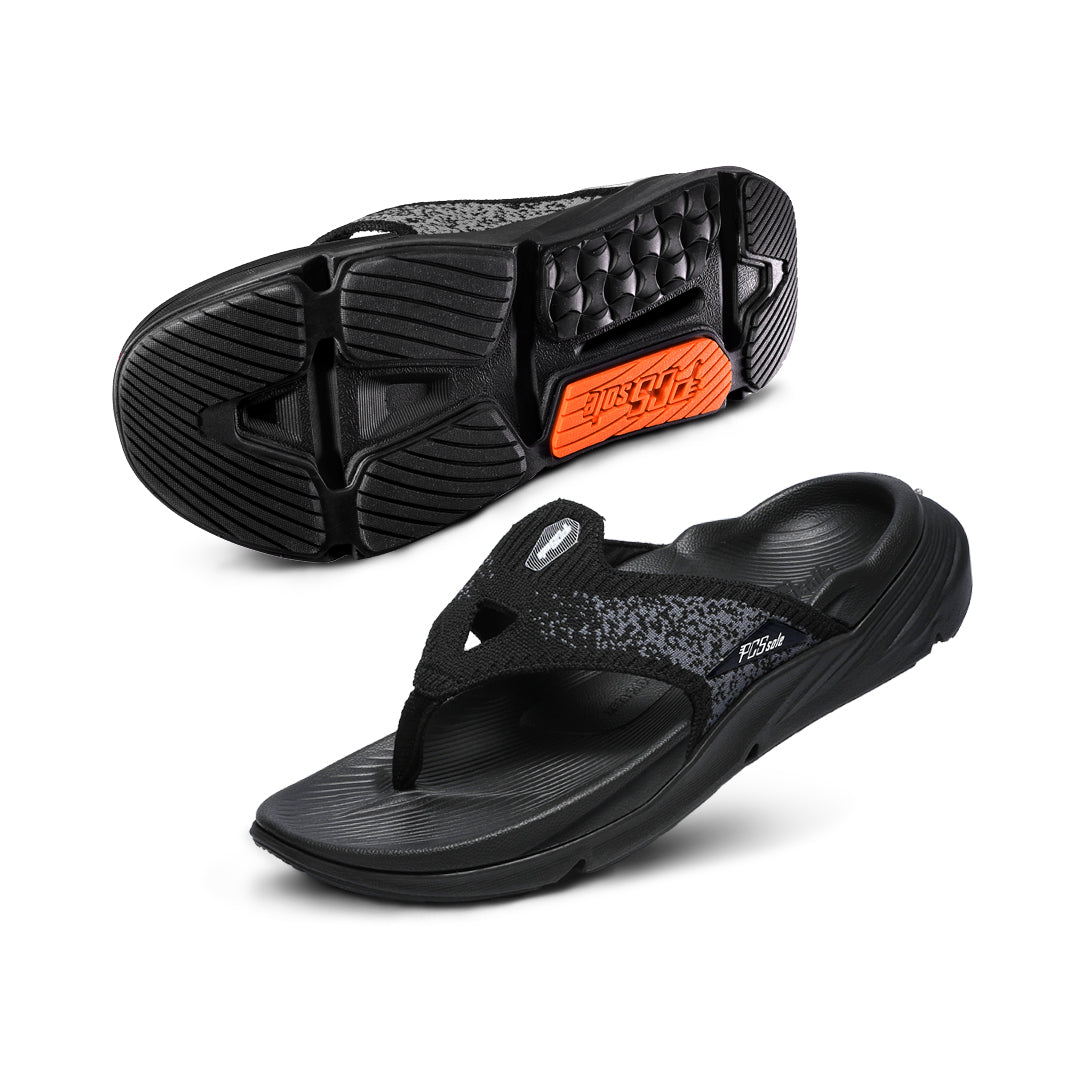
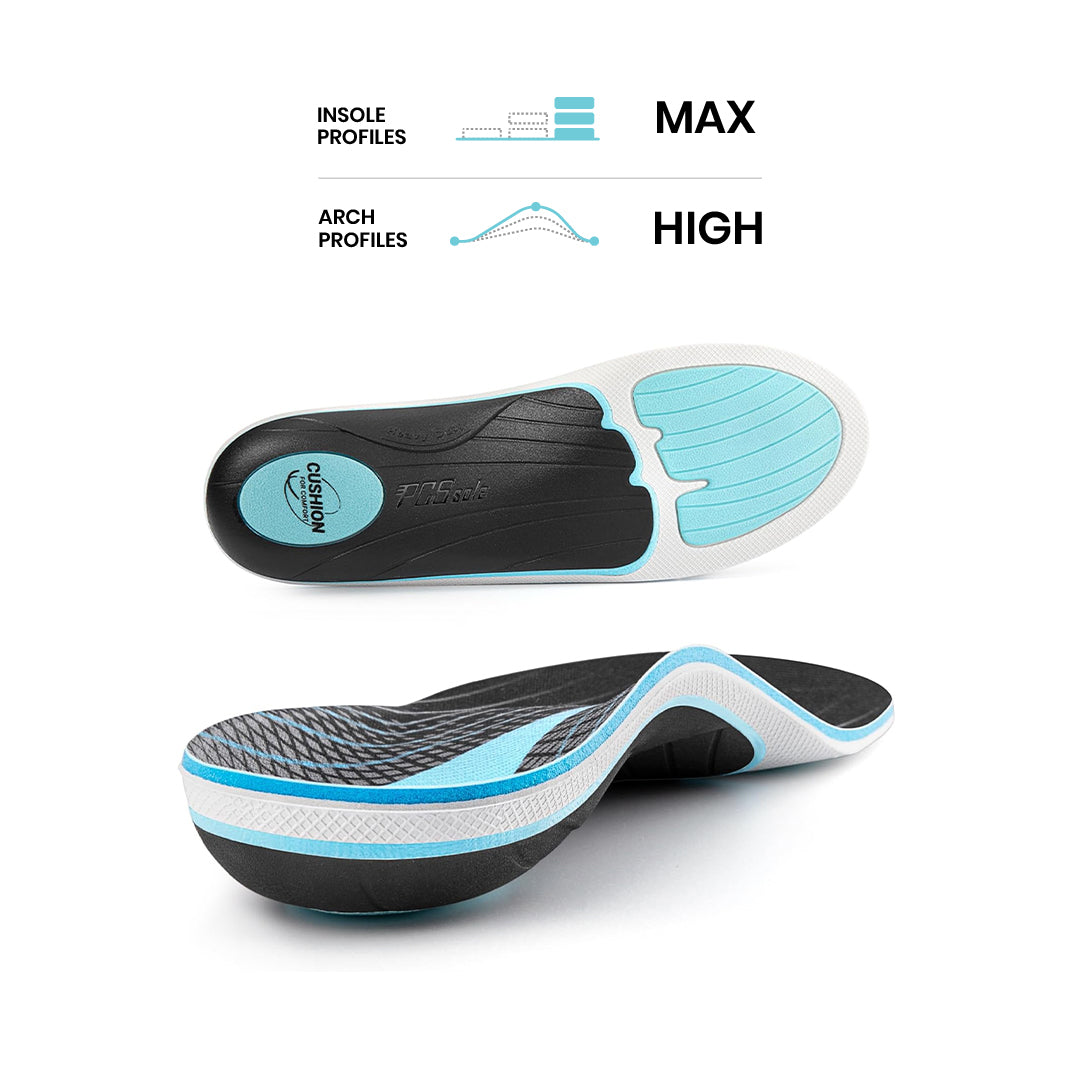
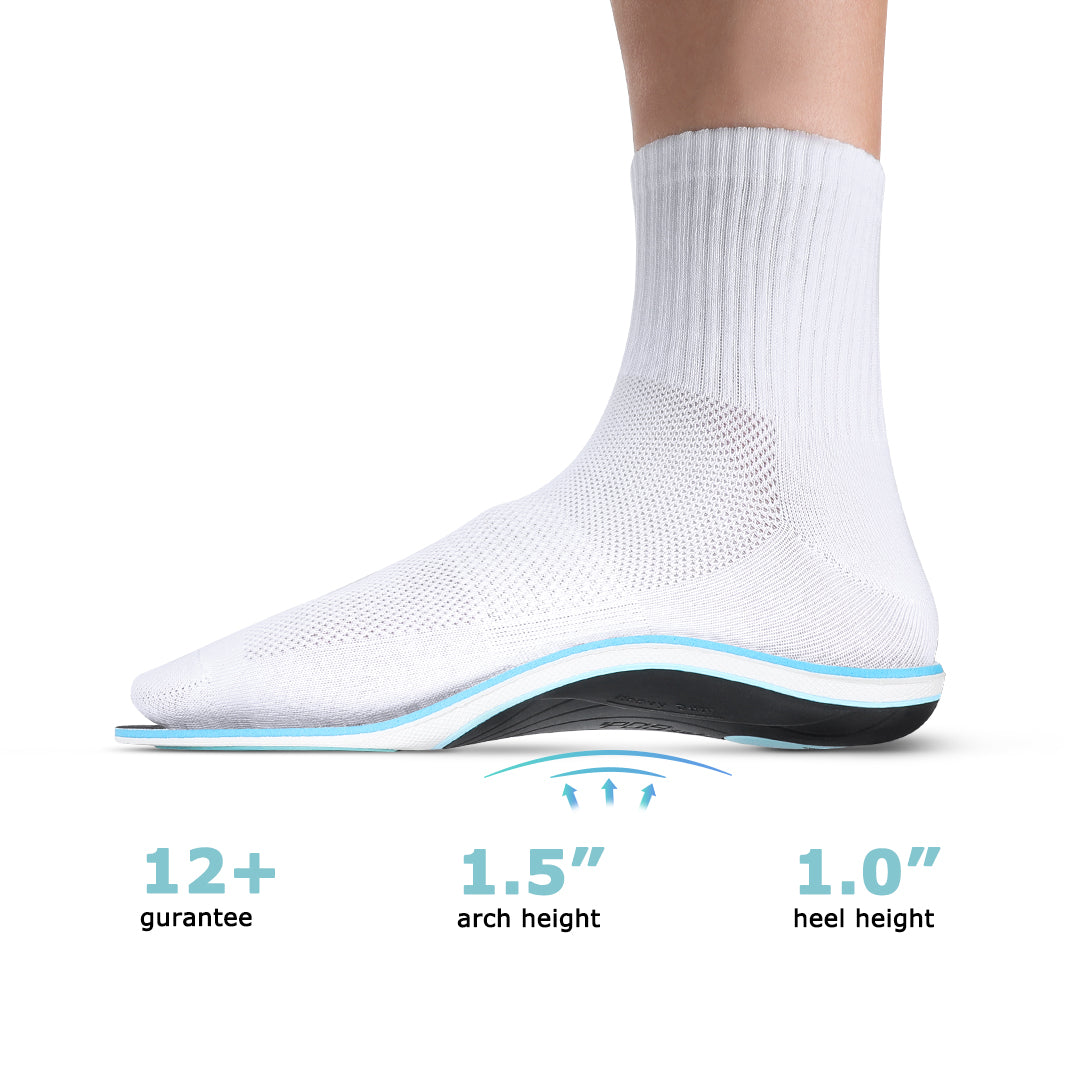
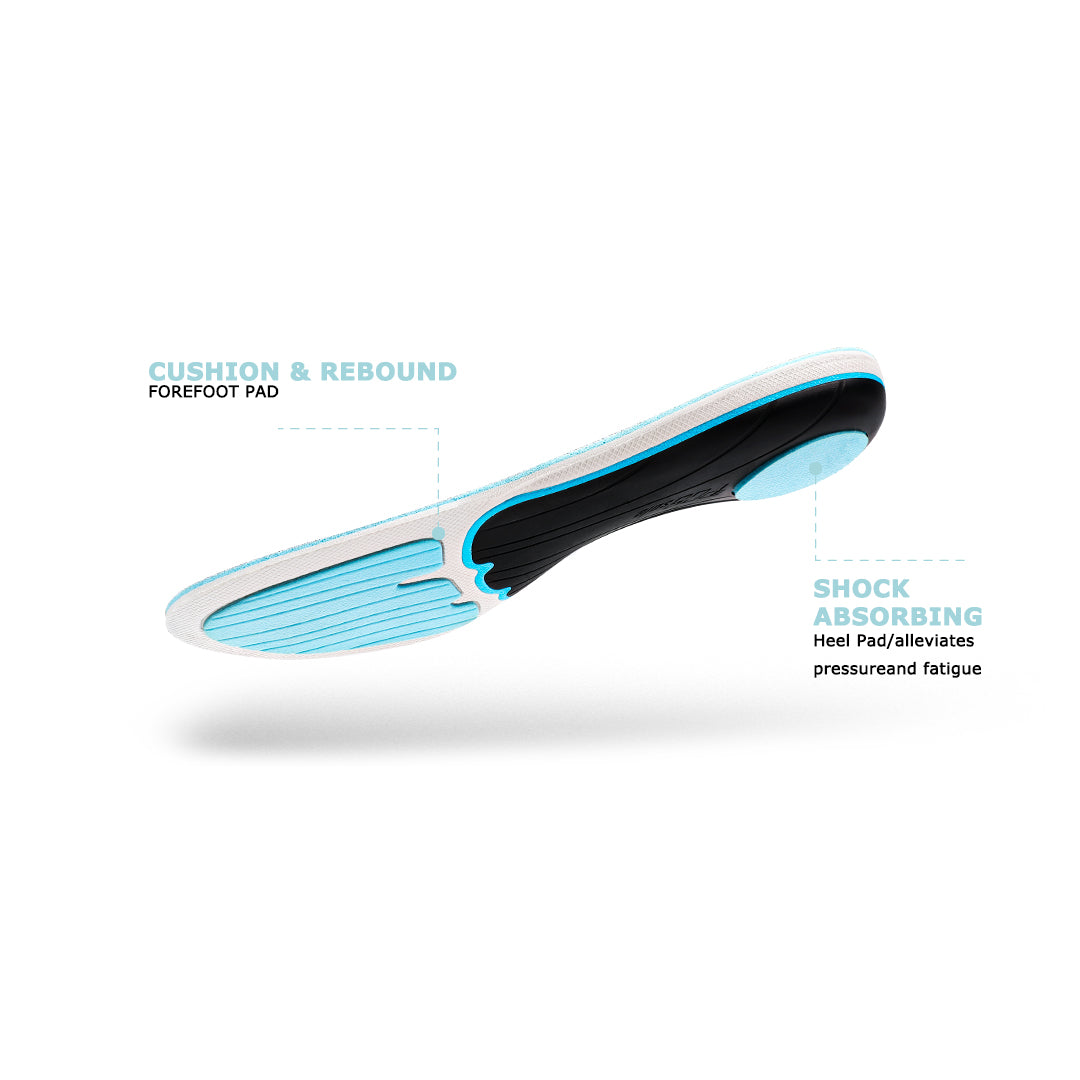
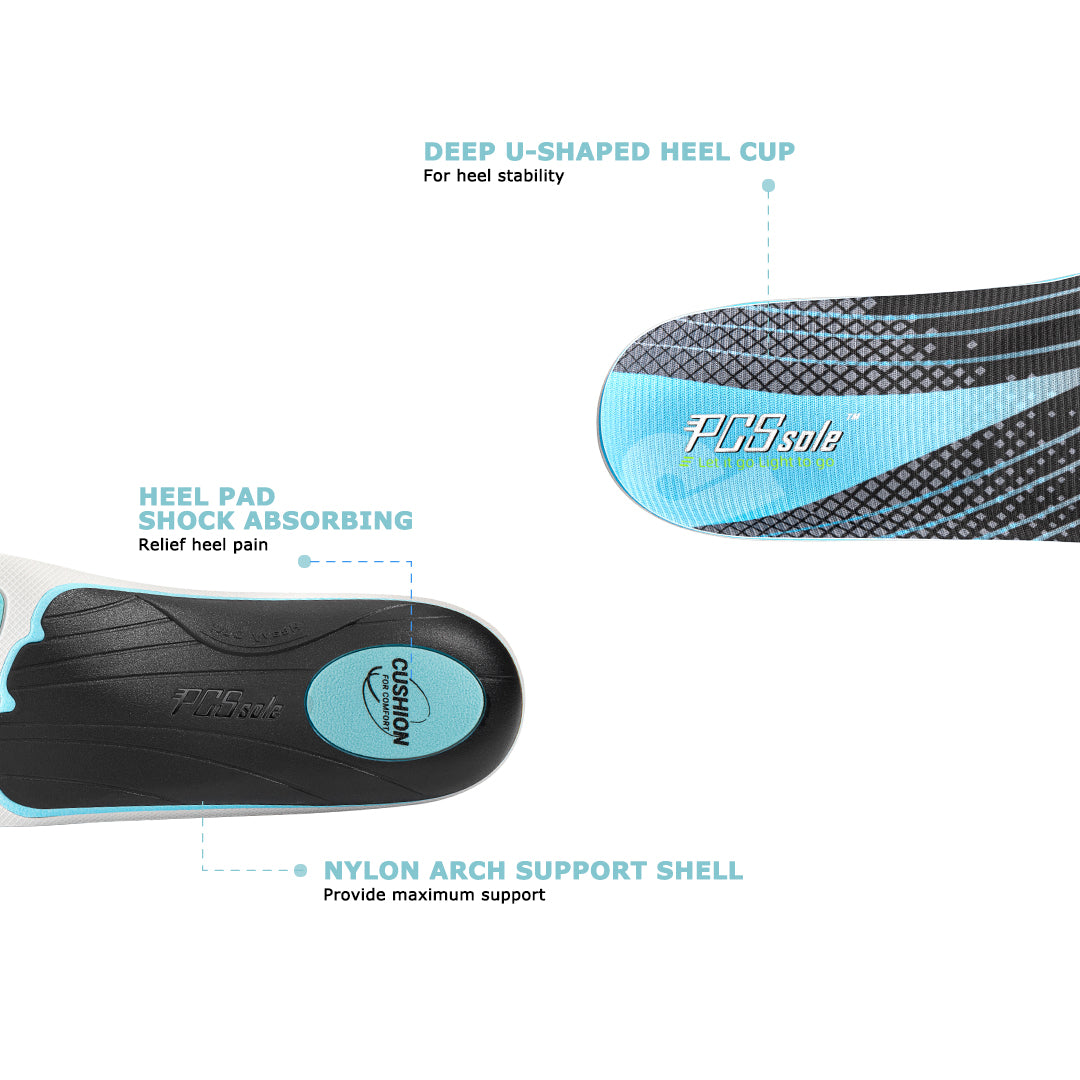
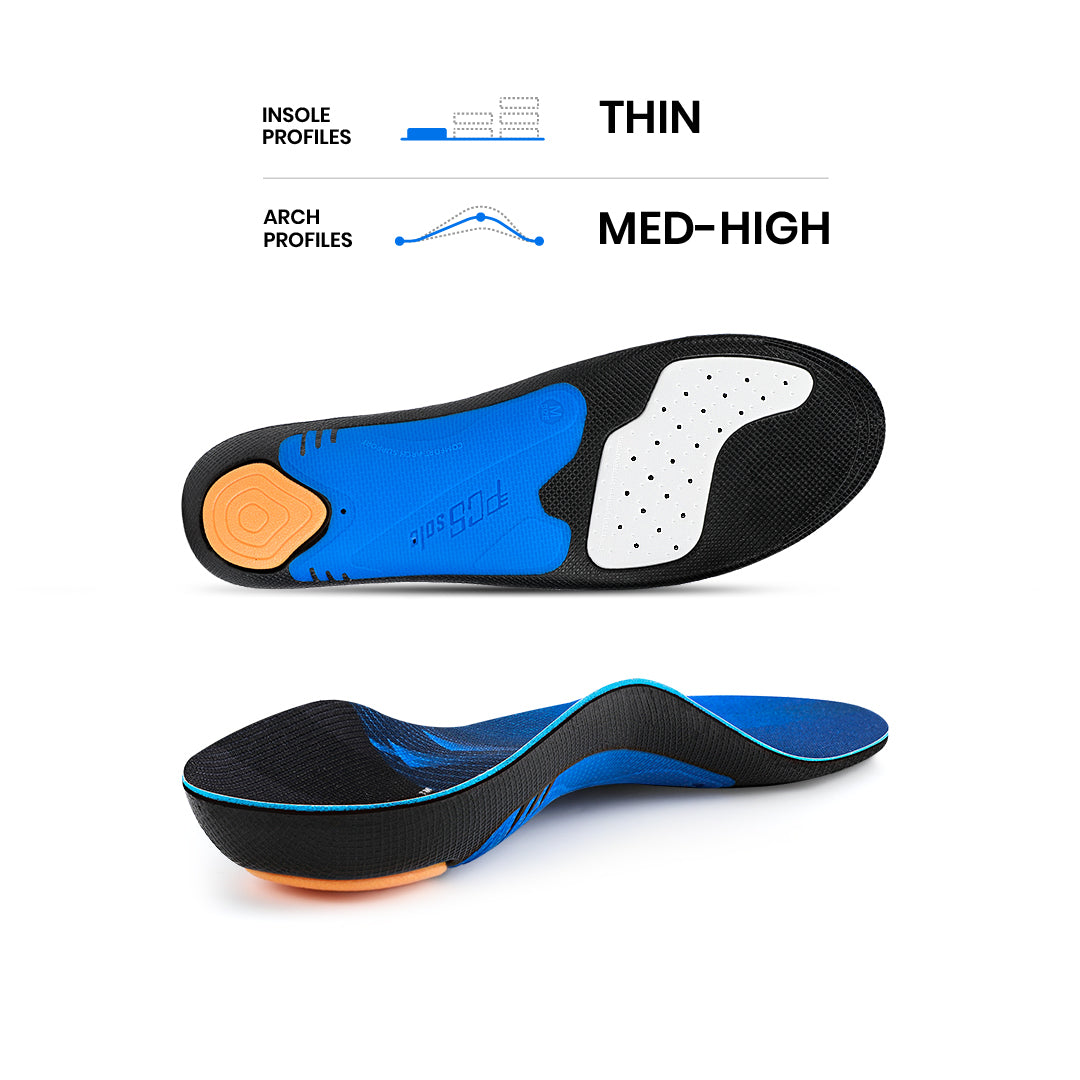
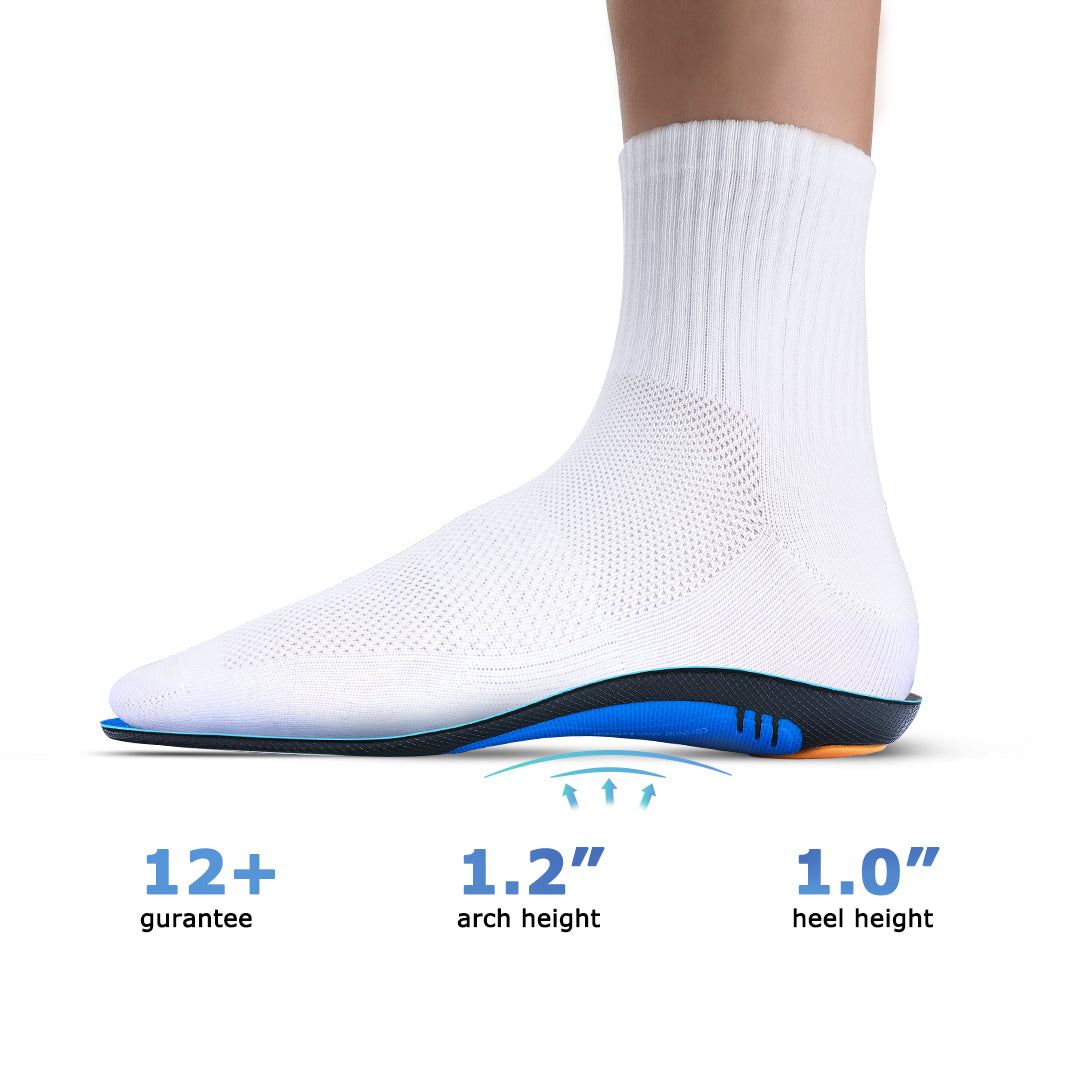
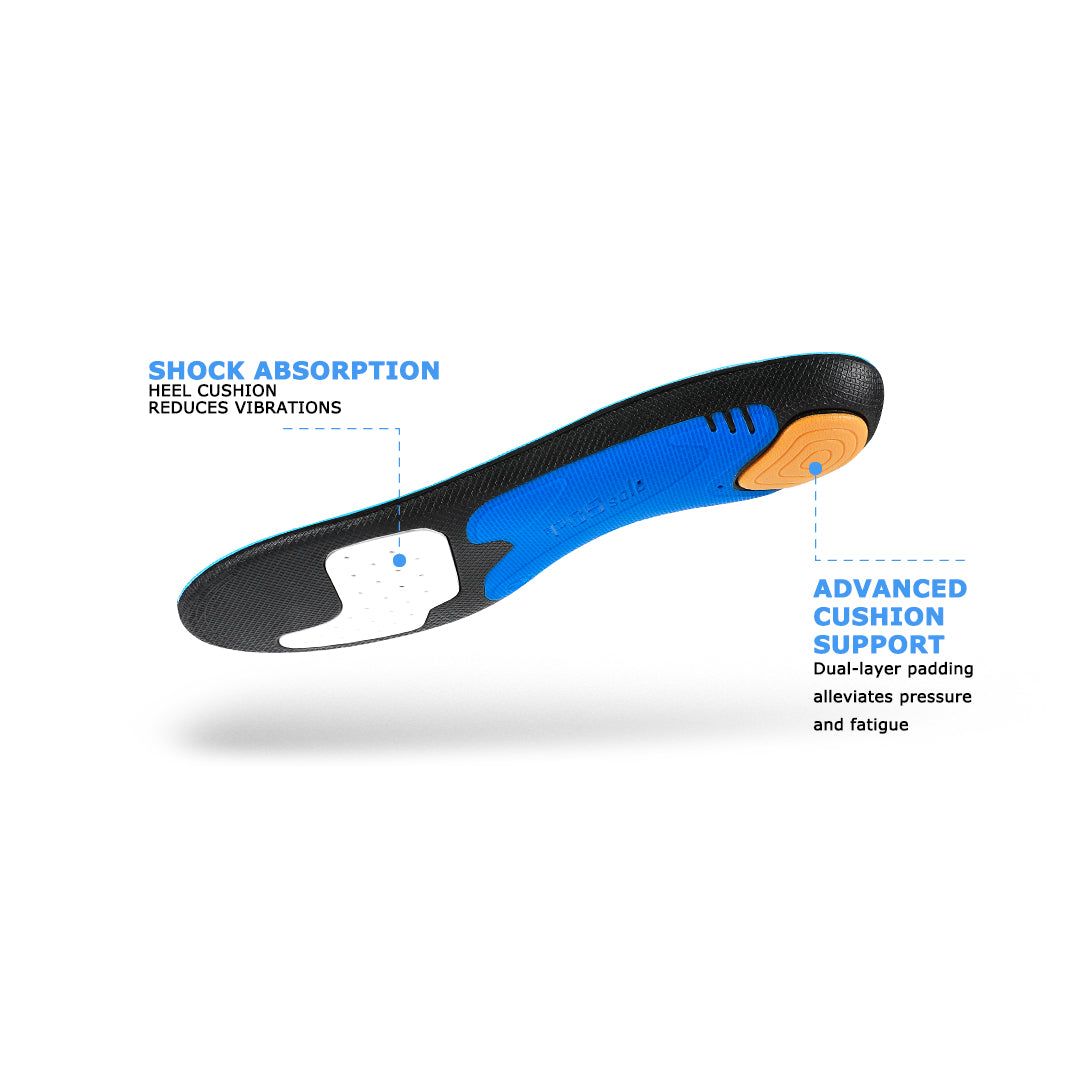
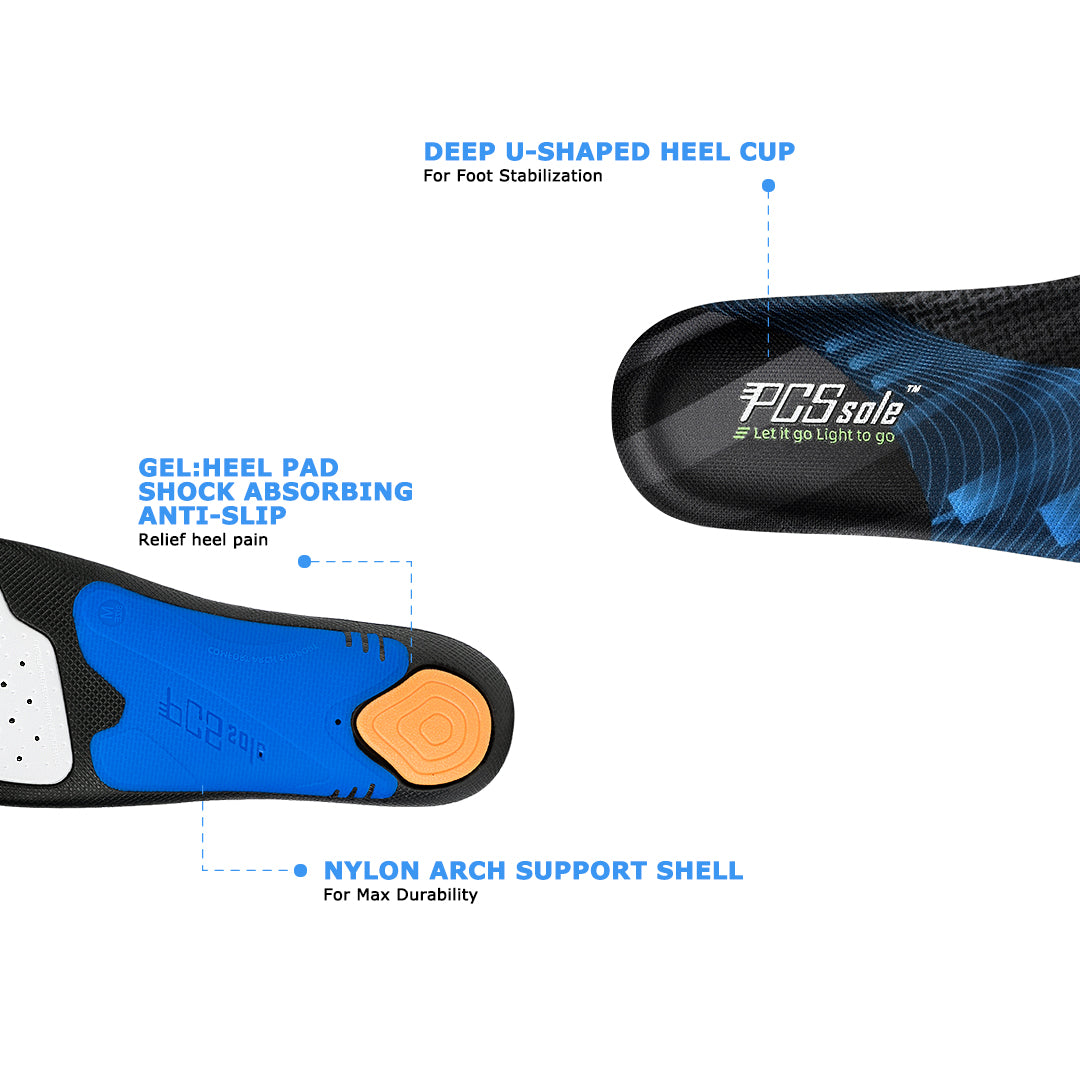
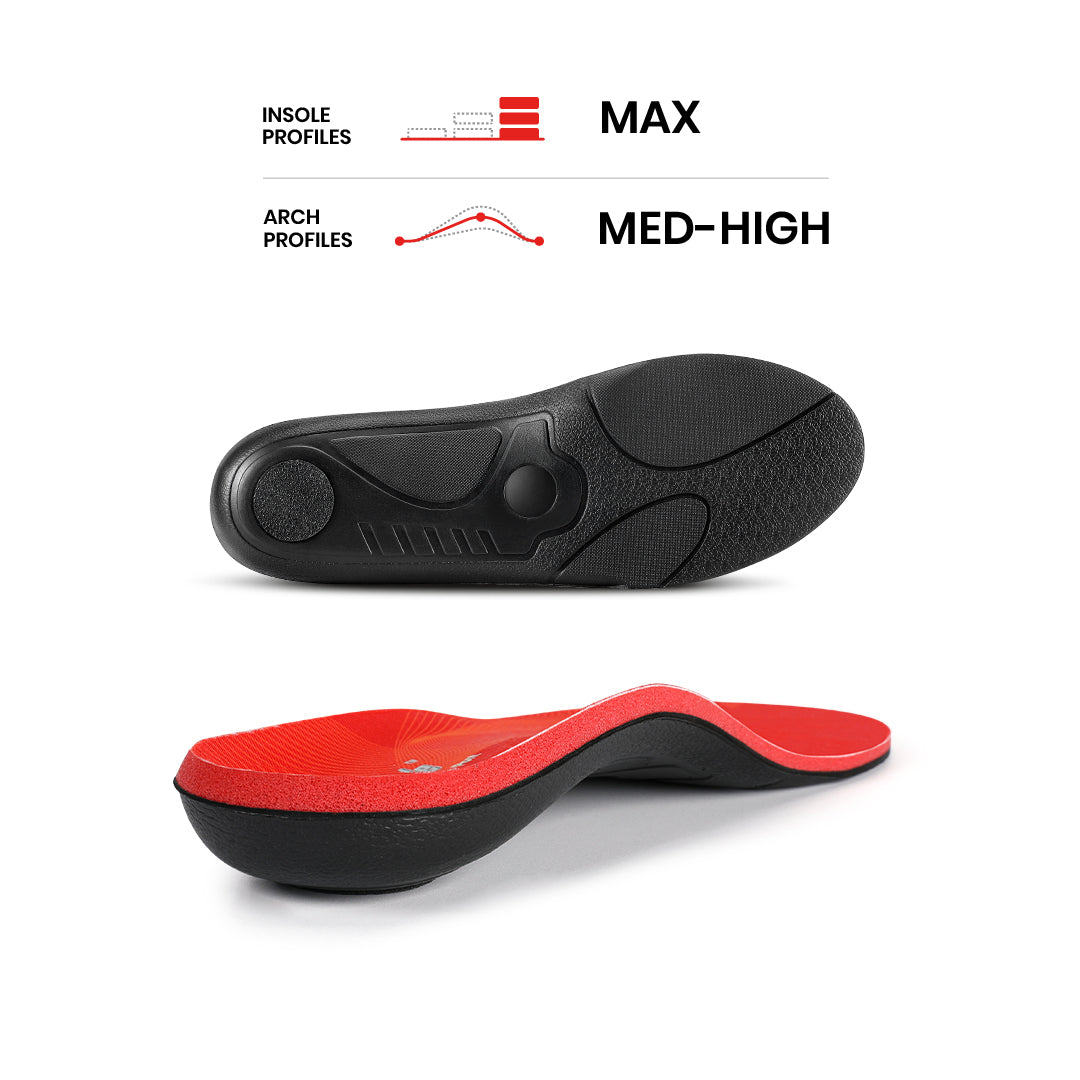
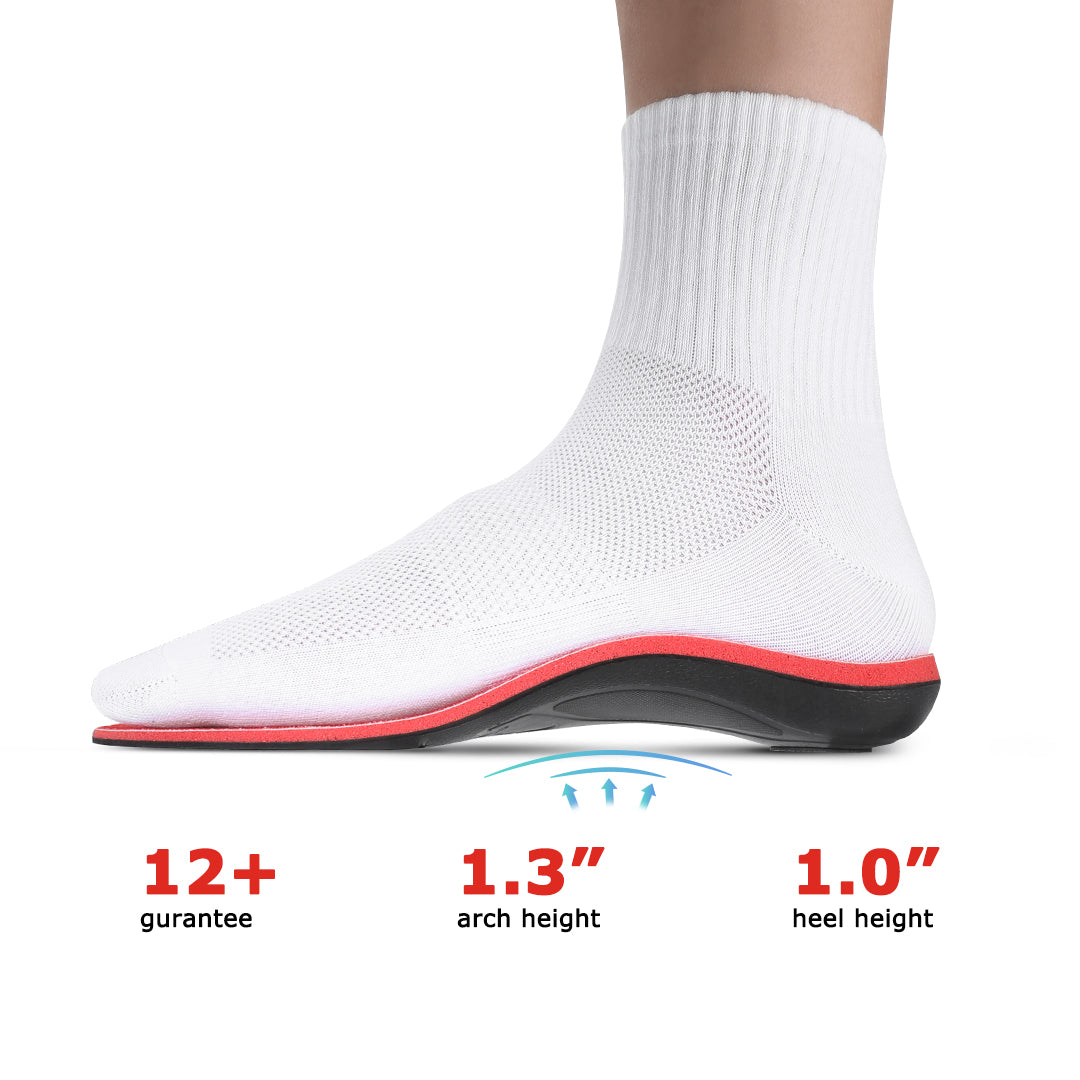
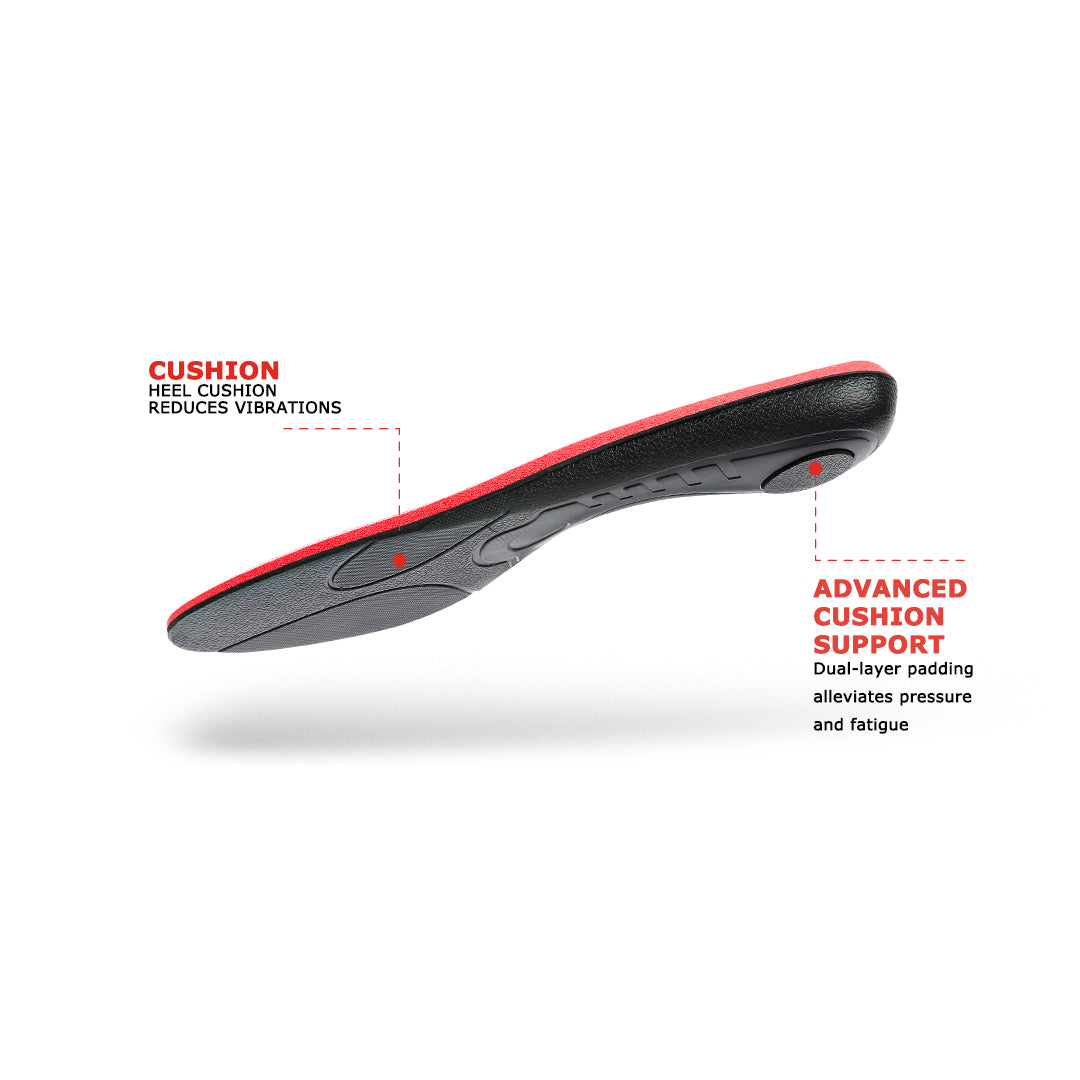
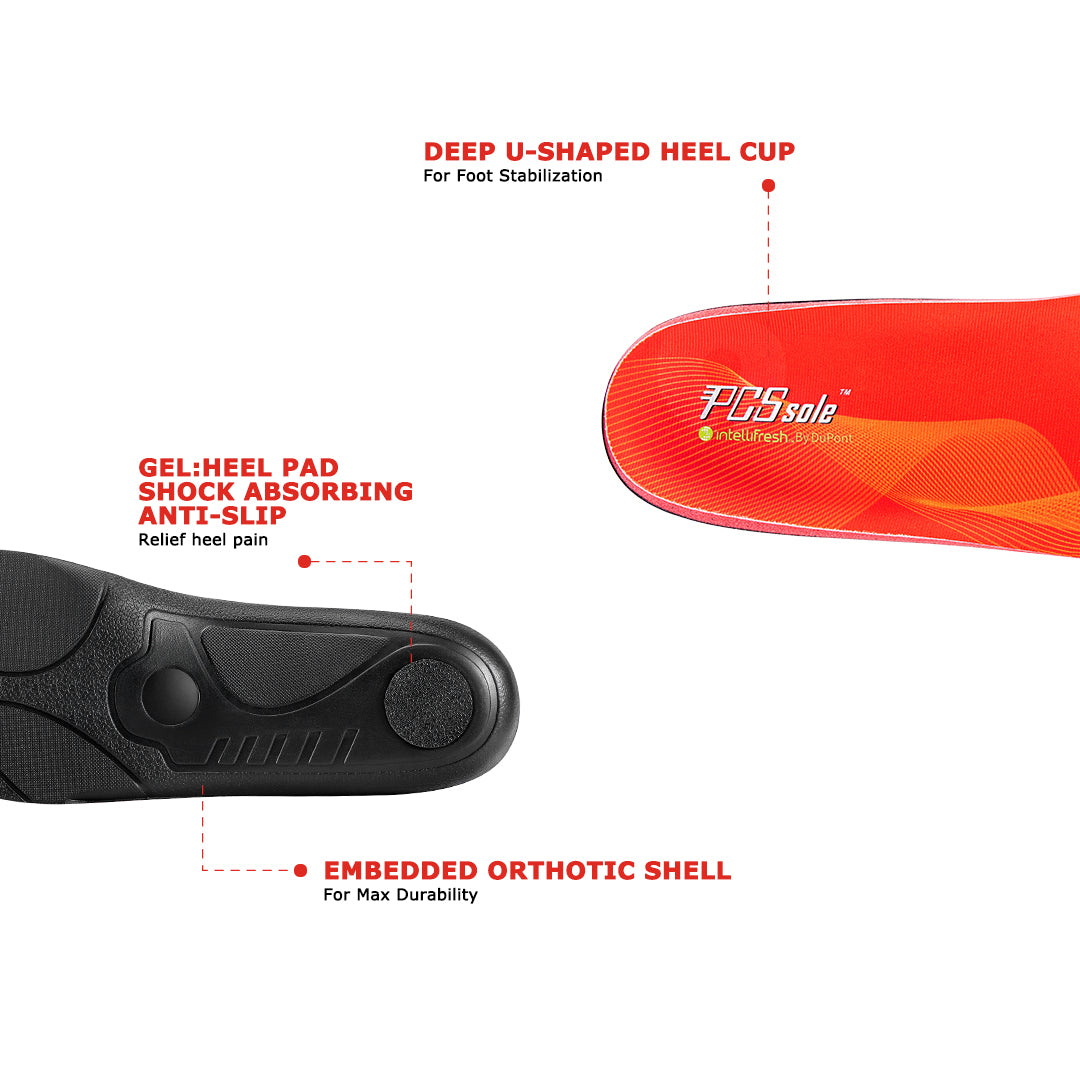
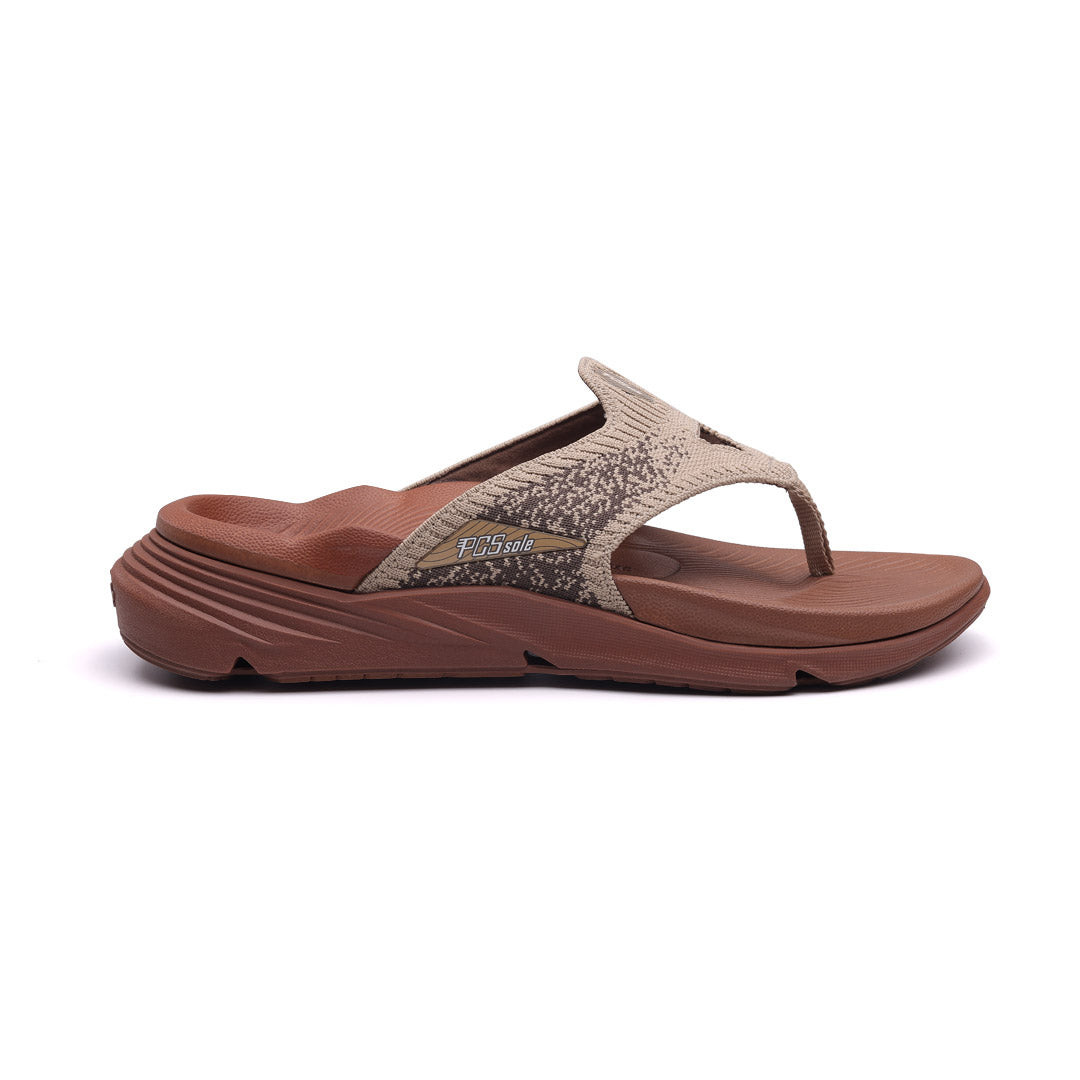


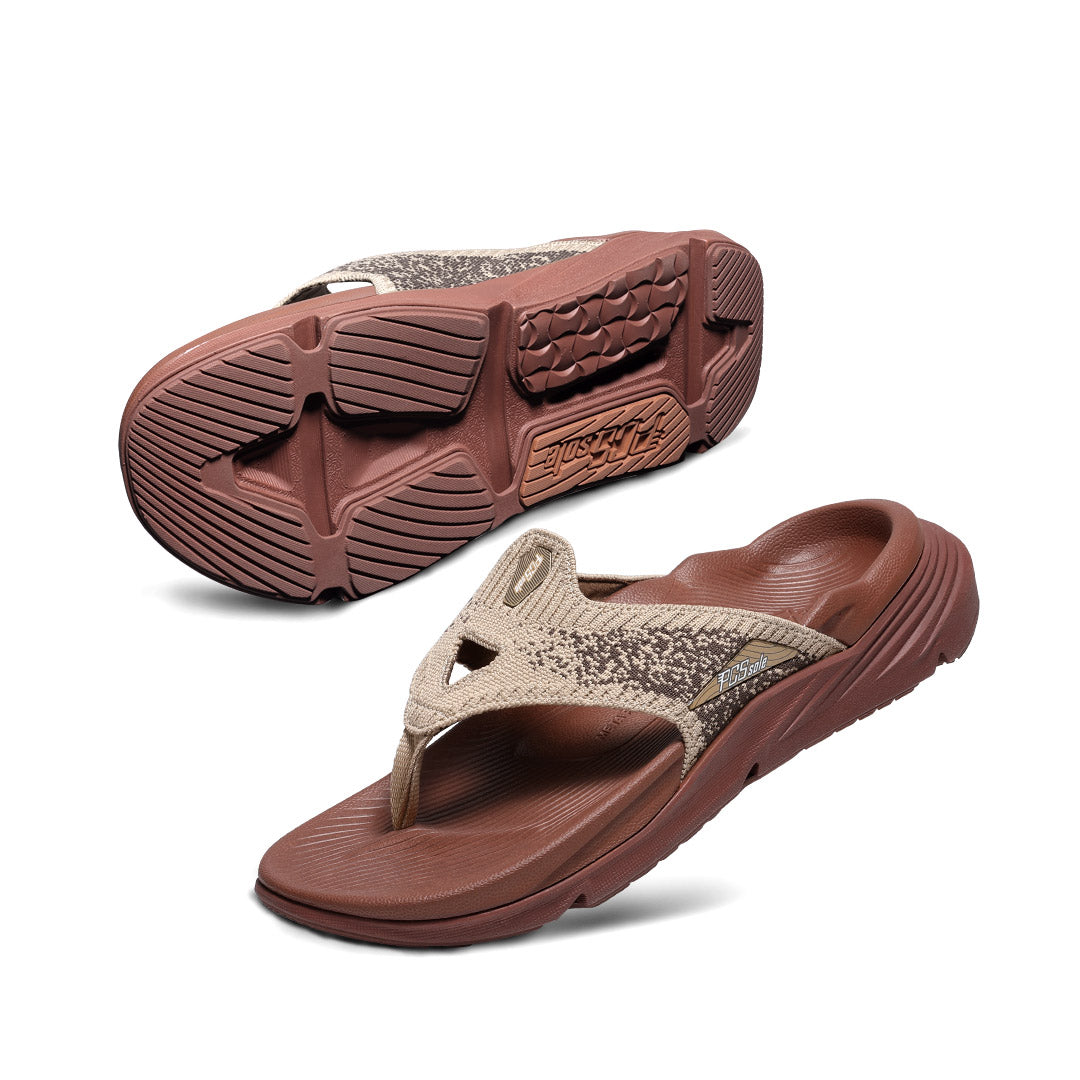
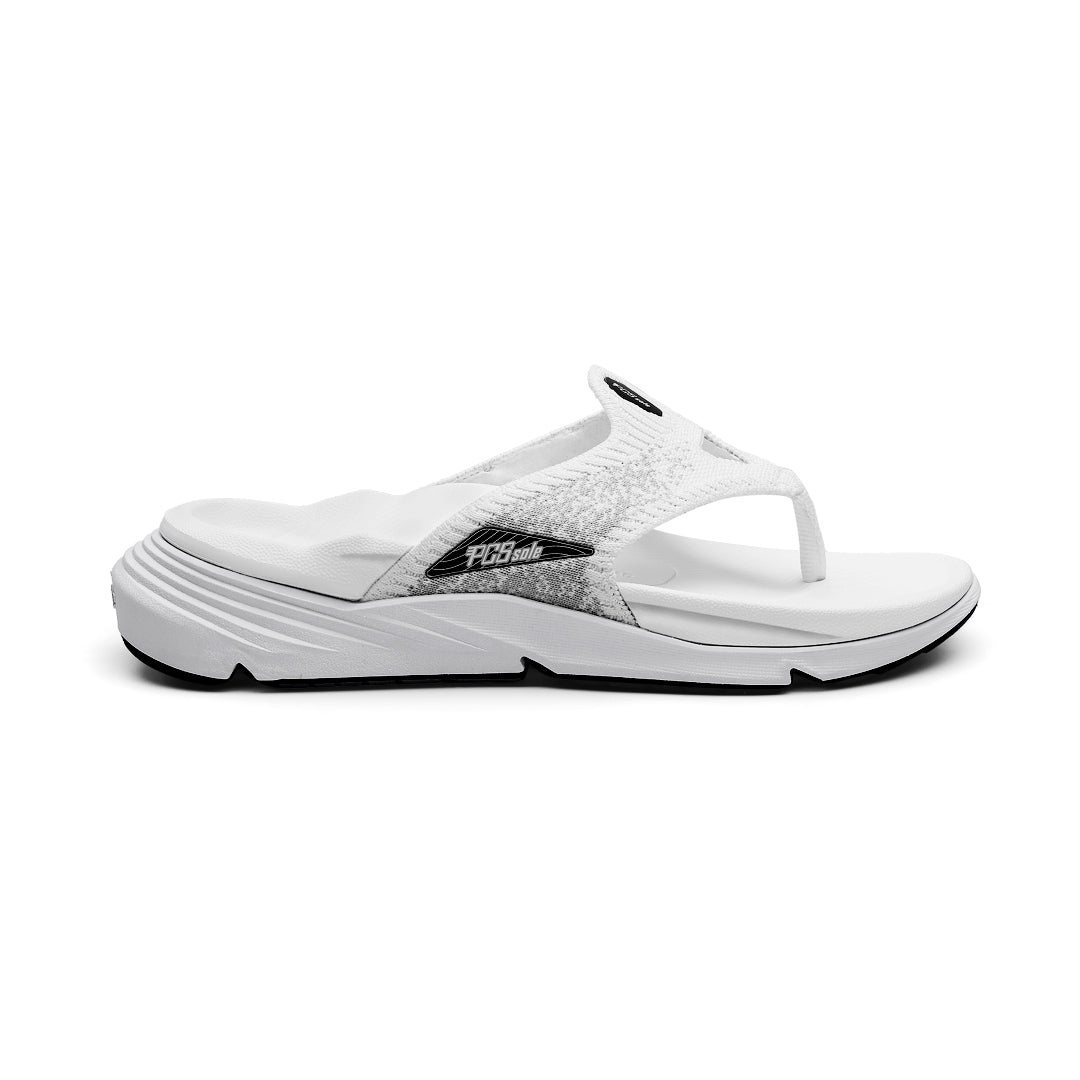

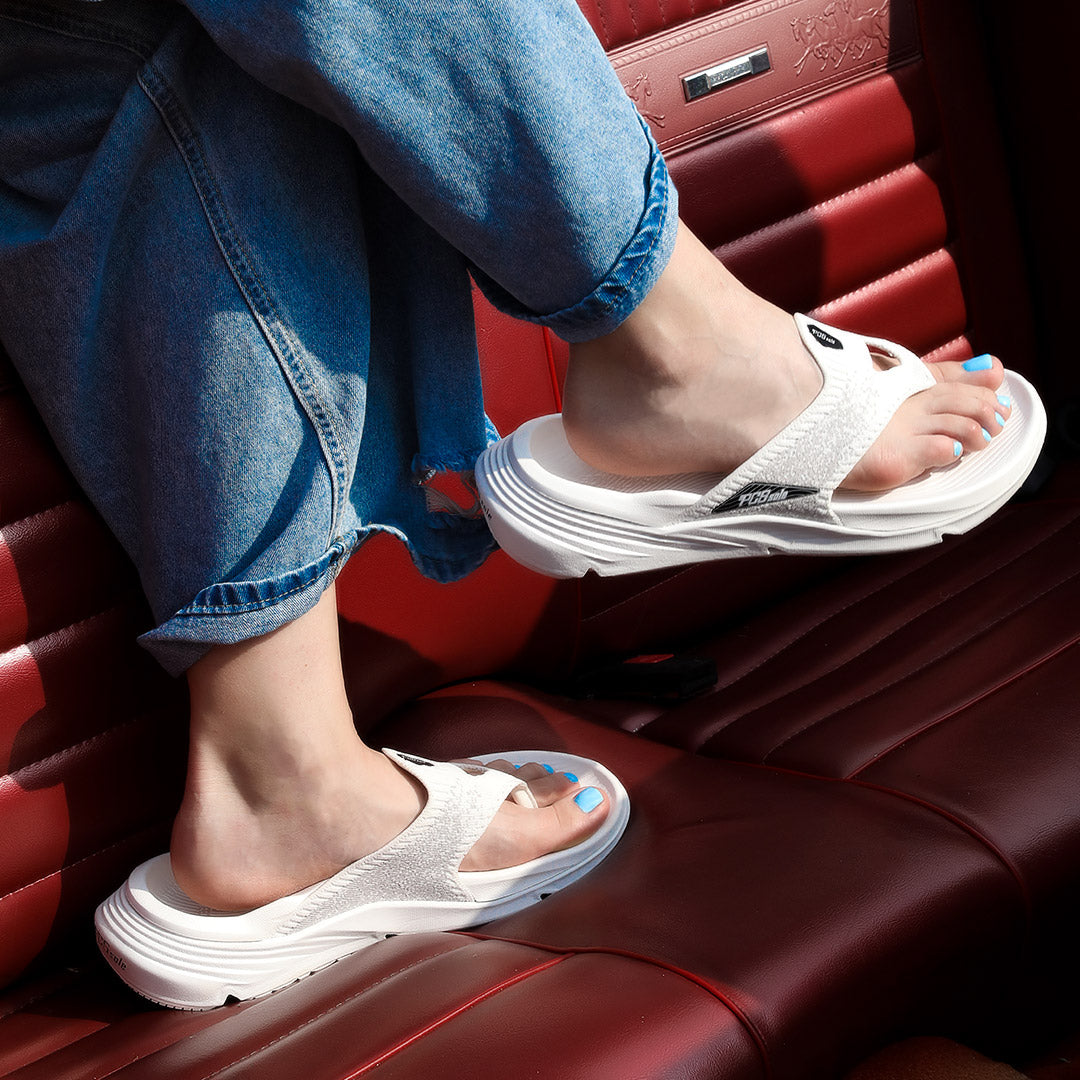
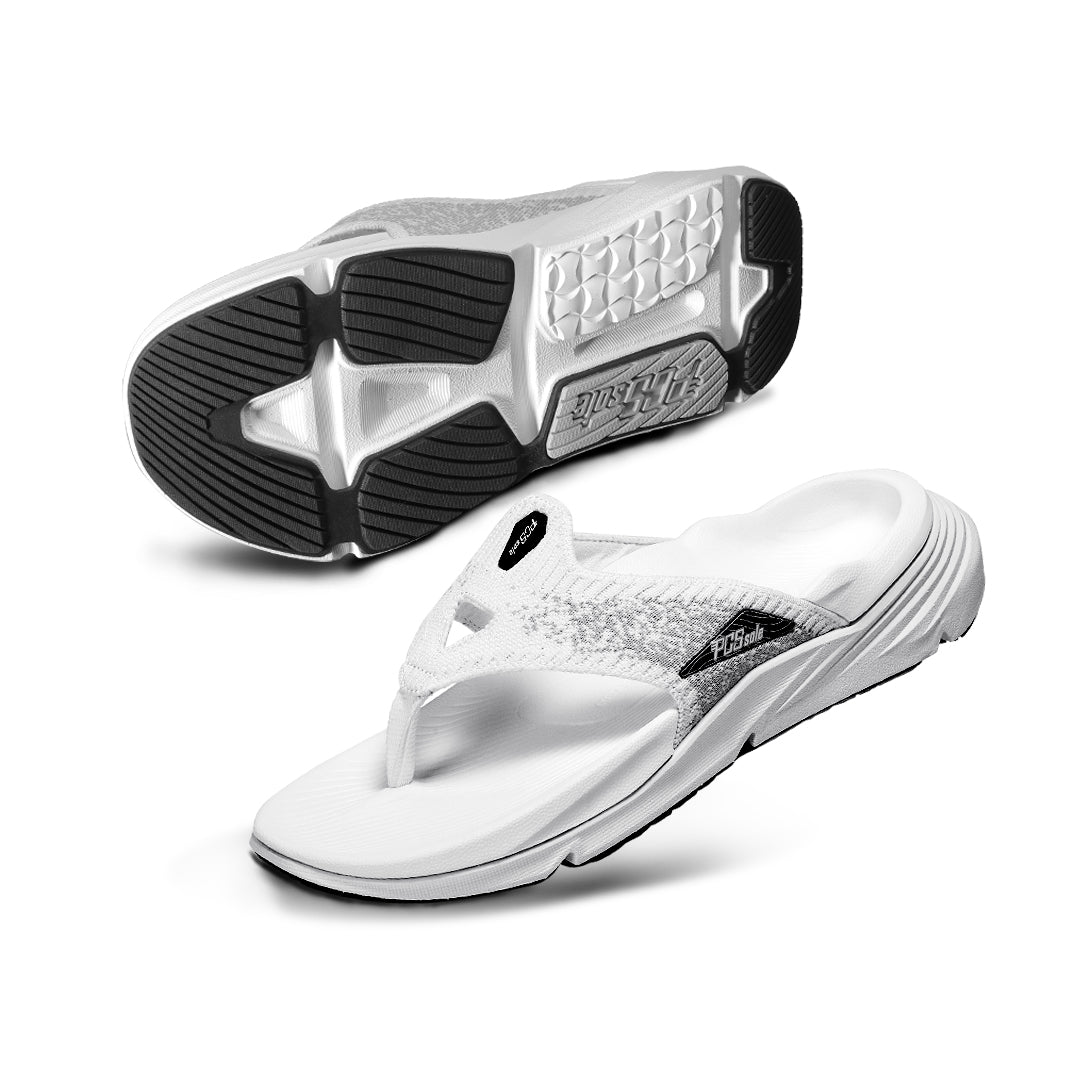
Share:
Best Running Inserts for Flat Feet:How Do I Know If I Have Flat Feet
This Outdoor Gear Makes Heavy People Hiking Easier